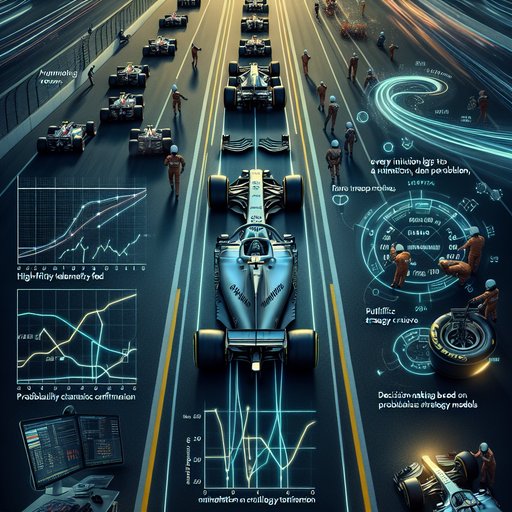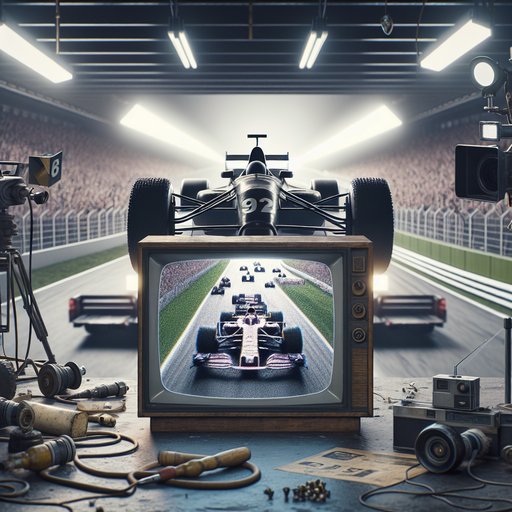
Formula 1’s transformation from intuition-led pit walls to analytics-driven decision centers is one of modern sport’s defining shifts. Live telemetry, high-fidelity tire monitoring, and probabilistic strategy models have turned every lap into a rolling optimization problem, where milliseconds and megabytes carry equal weight. The result is not just better-informed choices, but a new rhythm to races themselves—stint lengths flex to real-time degradation curves, pit windows open and close with traffic forecasts, and rain calls hinge on model confidence rather than gut feel. This evolution did not happen overnight; it grew from early data loggers into a tightly integrated ecosystem of sensors, software, and specialists that now shapes almost every move on track.

Formula 1’s broadcast journey mirrors the sport’s technological arc: from sporadic, grainy coverage to a global, data-rich experience that places fans virtually inside the cockpit. Over seven decades, innovations like onboard cameras, live telemetry, stabilized aerial shots, and interactive streaming have transformed how stories are told and races are understood. Today’s world feed blends engineering, cinematography, and real-time analytics to deepen comprehension of strategy and skill, inviting audiences to engage with the sport at an unprecedented level. Tracing that evolution reveals how broadcasting did more than show races; it reshaped the narrative of F1 and expanded its audience.























































